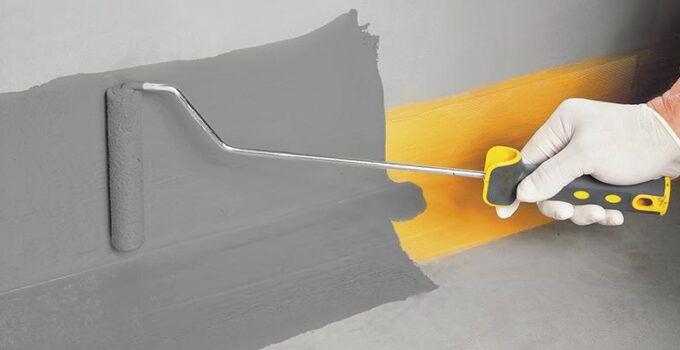Many homeowners face problems with dampness or leaks in basements. Ignoring these issues can lead to much bigger problems, including structural damage and mold. The good news? Waterproofing your basement doesn’t need to be complicated. By knowing the right tips, you can keep your home safe, comfortable, and dry. Here’s everything you need to know.
However, not every issue can be solved on your own. Sometimes, professional help is necessary to fully protect your home. Serious water problems may require a complete basement waterproofing solution to stop water from getting in and causing further damage. Professionals can assess your unique situation, identify potential risks, and recommend the best solutions. Relying on expert help ensures your home remains protected in the long run.
Key Points:
- Check for water entry points regularly.
- Maintain proper drainage around the home.
- Use a sump pump for flood-prone areas.
- Ensure proper insulation on pipes.
- Invest in exterior waterproofing solutions.
- Install interior drainage systems.
- Make use of sealants for cracks.
- Regularly clean gutters and downspouts.
- Look for signs of water damage early.
- Hire professionals for persistent issues.
1. Importance of Exterior Waterproofing
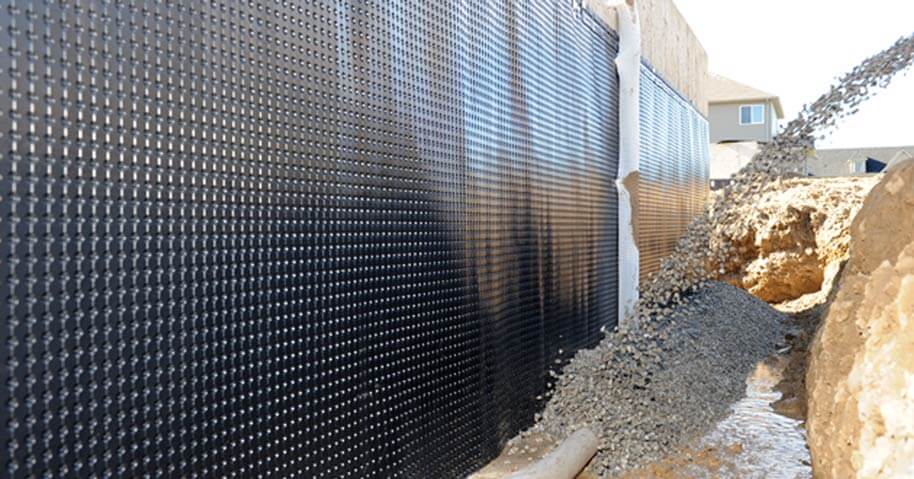
Source: olshanfoundation.com
Water can enter your basement through the walls, floor, or joints. The most effective way to stop this is through exterior waterproofing. With over 20 years of experience, they know how to handle tough water issues and will ensure that your space remains dry.
Exterior waterproofing involves installing a barrier around the foundation. This process requires digging around the perimeter of your house, applying a waterproof membrane, and ensuring the drainage is in good shape. This method stops water from entering your basement in the first place, reducing the risk of future damage.
2. Address Water Entry Points
One of the most critical tasks involves checking your home for any places where water could enter. Common entry points include cracks in the walls, gaps in the floor, and areas around windows or doors. Take time to inspect the space thoroughly. Finding water entry points early can save you from more expensive repairs later.
Fixing these problems involves using sealants or waterproofing compounds designed specifically for basements. Apply the material directly to the problem areas to keep the moisture out.
3. Ensure Proper Drainage Around Your Home
Water pooling around your home’s foundation is a sure sign of trouble. To prevent water from entering, the area around your house must have proper drainage. If the soil isn’t sloped correctly or the downspouts are too short, water could end up seeping into the walls.
Installing French drains or extending your downspouts can help move water away from the foundation. Keeping the soil around your home well-graded ensures that water flows in the right direction, reducing the chances of moisture buildup in the walls.
4. Use a Sump Pump
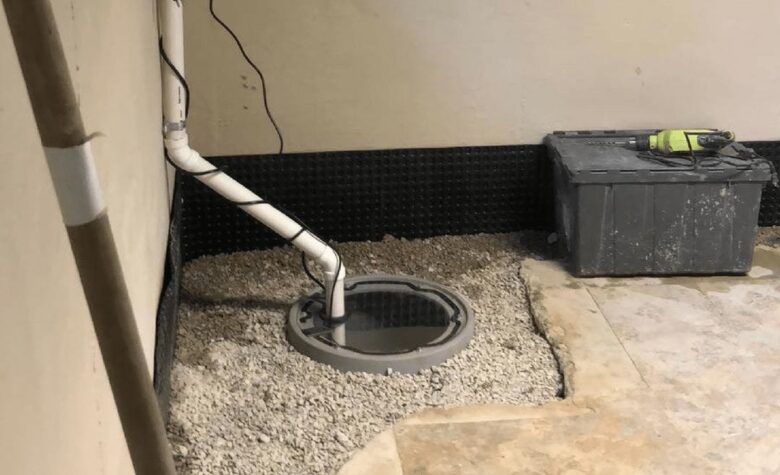
Flood-prone areas require a different solution. A sump pump removes any water that collects below ground level. The pump sits in a pit at the lowest part of the basement, and when water fills the pit, the pump activates, moving the water away from the house.
Sump pumps work best when combined with interior drainage systems. Together, they keep the basement dry, even in heavy rain. Be sure to have a backup power source for your sump pump in case of power outages.
5. Install Interior Drainage Systems
Interior drainage systems are another effective method. By installing a drainage channel along the edges of the floor, water that enters will flow into the system and out to the sump pump.
This method catches water before it can pool, making it an ideal solution for homes with a history of flooding or persistent leaks. It’s less invasive than exterior waterproofing, but it works best when combined with other methods.
6. Insulate Your Pipes
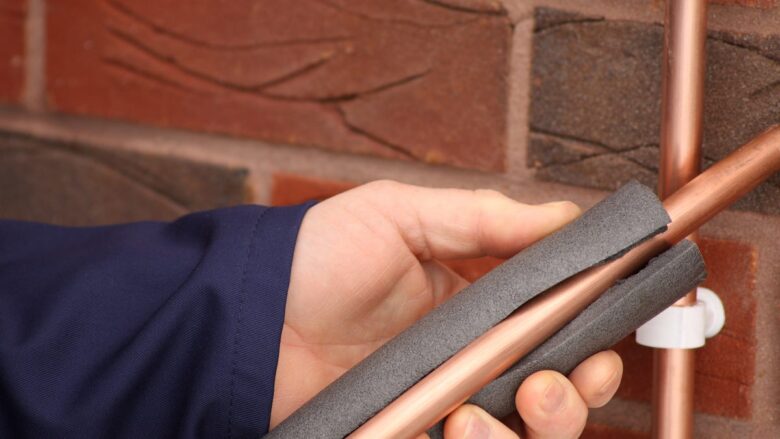
Cold temperatures cause condensation, which can lead to moisture problems in the basement. If pipes aren’t properly insulated, this condensation will contribute to dampness in the air and potentially damage the walls.
Investing in proper insulation for your pipes can stop this from happening. It’s a small step, but it can make a big difference, especially in colder climates.
7. Use Sealants to Repair Cracks
If you notice small cracks in the walls or floors, don’t wait to fix them. Even minor cracks can let in a significant amount of water over time. Using a high-quality sealant can stop the water from seeping in and prevent further damage.
Make sure to use a product designed for the job. Regular household caulk won’t provide the long-term solution you need. Instead, opt for a professional-grade sealant made for foundation repairs.
8. Clean Gutters and Downspouts
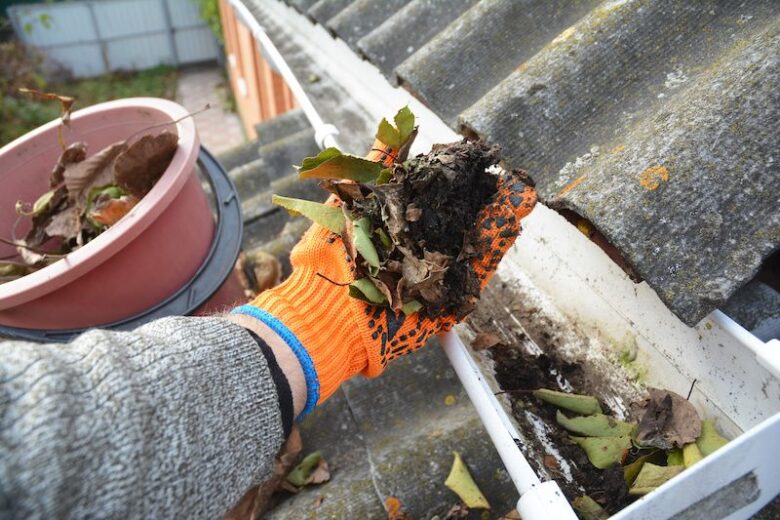
One of the simplest things you can do to protect your basement involves cleaning the gutters. When gutters get clogged, water overflows and pools around the foundation. Regularly clean your gutters and ensure the downspouts direct water far enough away from the house.
Downspouts should extend at least six feet from the foundation. If they don’t, consider installing extenders to make sure the water stays away from the walls.
9. Look for Signs of Damage Early
It’s essential to recognize the early signs of moisture problems. Musty smells, discoloration on the walls, and peeling paint all indicate moisture issues. Take these signs seriously and address them as soon as possible.
Ignoring early signs leads to bigger problems, including mold growth and structural issues. Mold thrives in damp environments and can spread quickly if not addressed. If you suspect a mold problem, contact professionals immediately to avoid health risks.
10. Hire Professionals for Persistent Problems
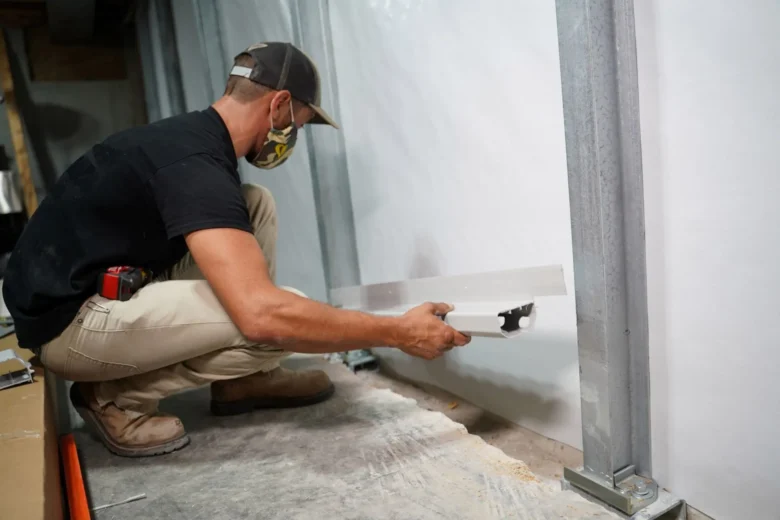
Source: groundworks.com
Some problems require more than DIY solutions. Persistent leaks, large cracks, or ongoing moisture issues demand professional attention. Hiring an expert ensures that the job gets done right and saves you from wasting money on ineffective fixes.
Professionals can provide a comprehensive evaluation of your home and recommend the best course of action. Whether it’s installing a sump pump, addressing drainage issues, or performing exterior waterproofing, the right contractor will have the knowledge and experience to keep your basement dry.
The Value of Long-Term Solutions
Short-term fixes might seem like the cheaper option, but they often lead to more expenses in the long run. Instead of repeatedly patching up the problem, invest in long-term solutions. Exterior waterproofing, interior drainage systems, and sump pumps all provide reliable, lasting protection.
Taking a proactive approach will not only save you money but will also increase the value of your home. A dry basement adds to the overall livability of your space and makes your property more attractive to potential buyers.
Conclusion
Waterproofing a basement can seem overwhelming, but following the right steps ensures your home stays safe, dry, and comfortable. Start with small, actionable tasks like checking for water entry points and cleaning your gutters.
By investing in the right solutions, you protect your home and avoid bigger, more expensive problems down the road. Whether it’s through exterior or interior waterproofing, keeping your basement dry should always be a top priority.

